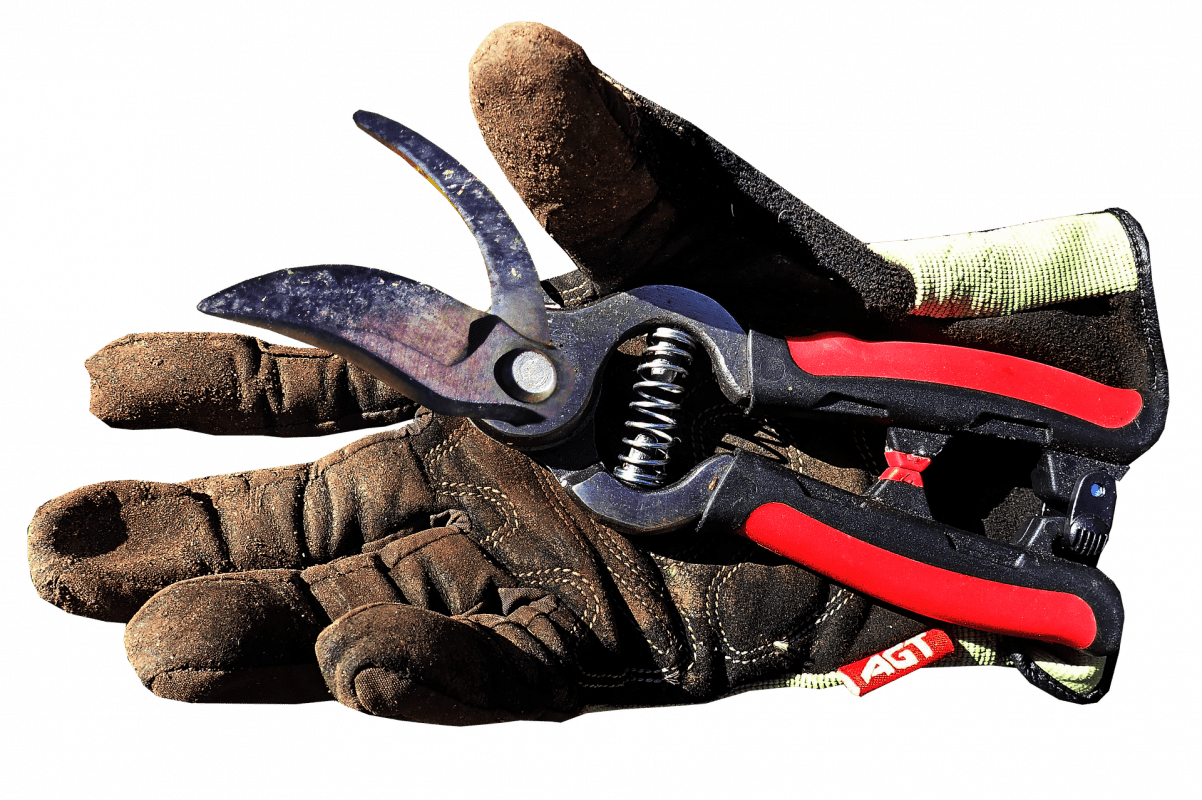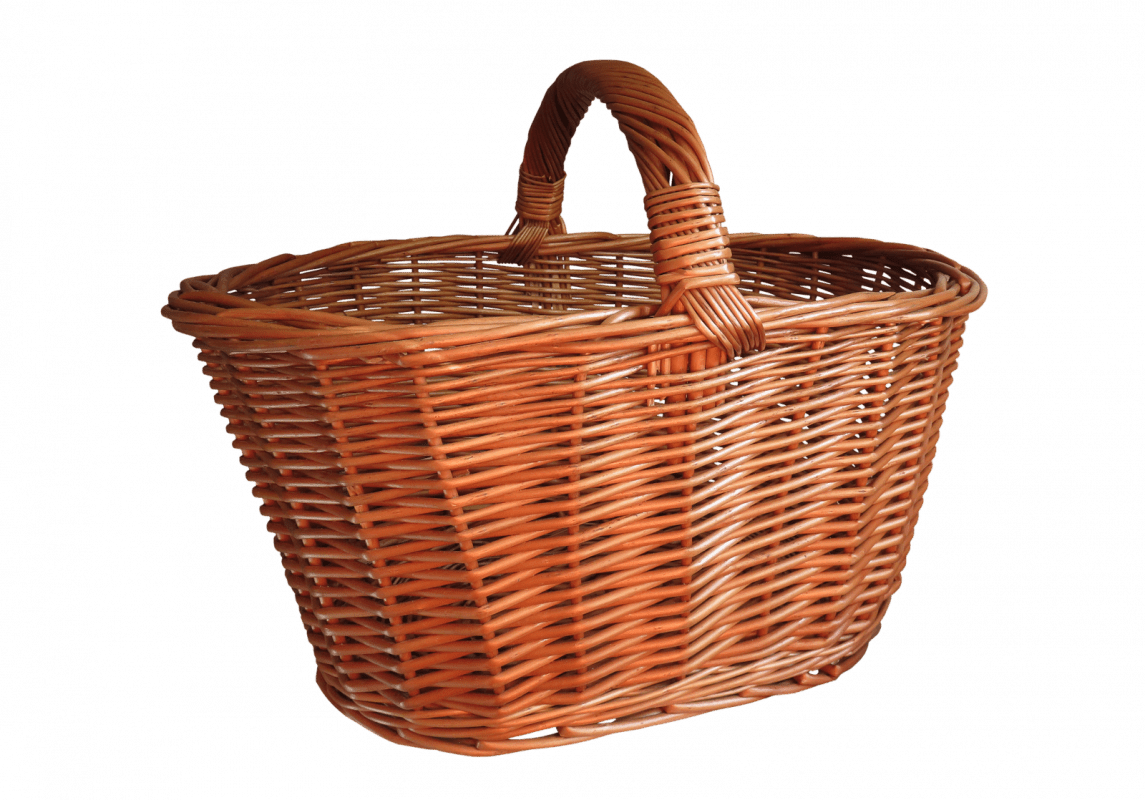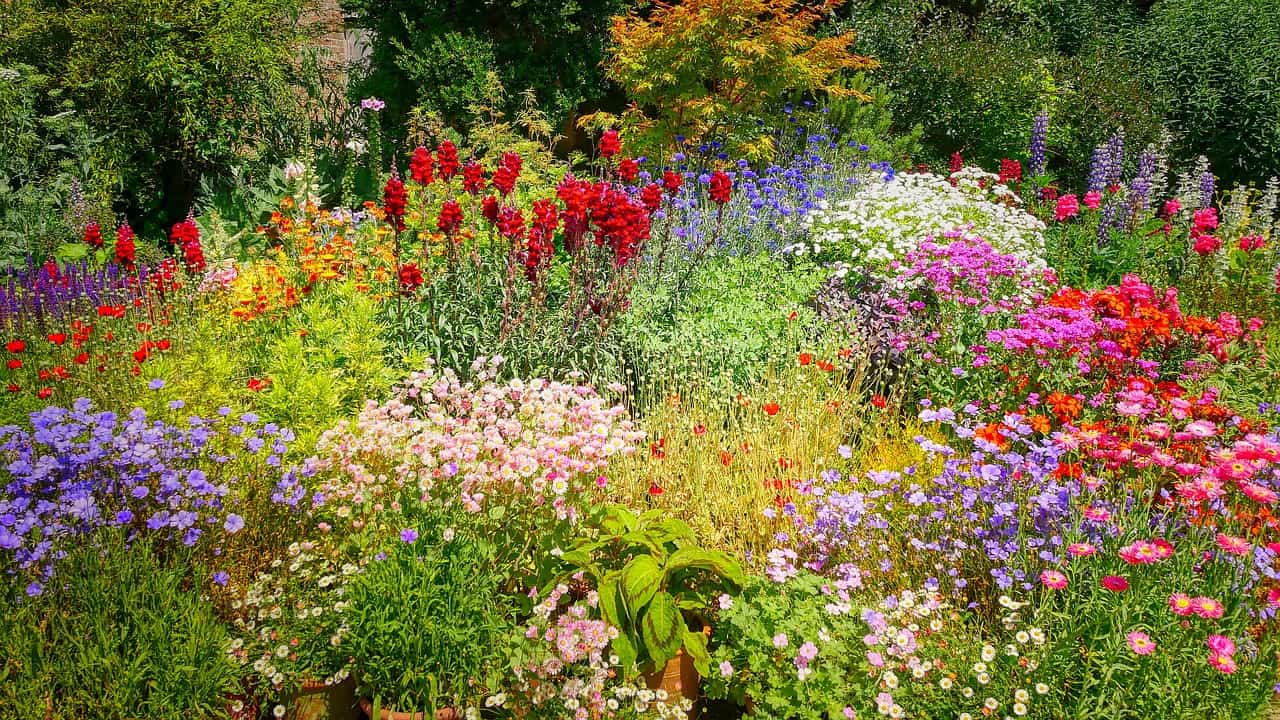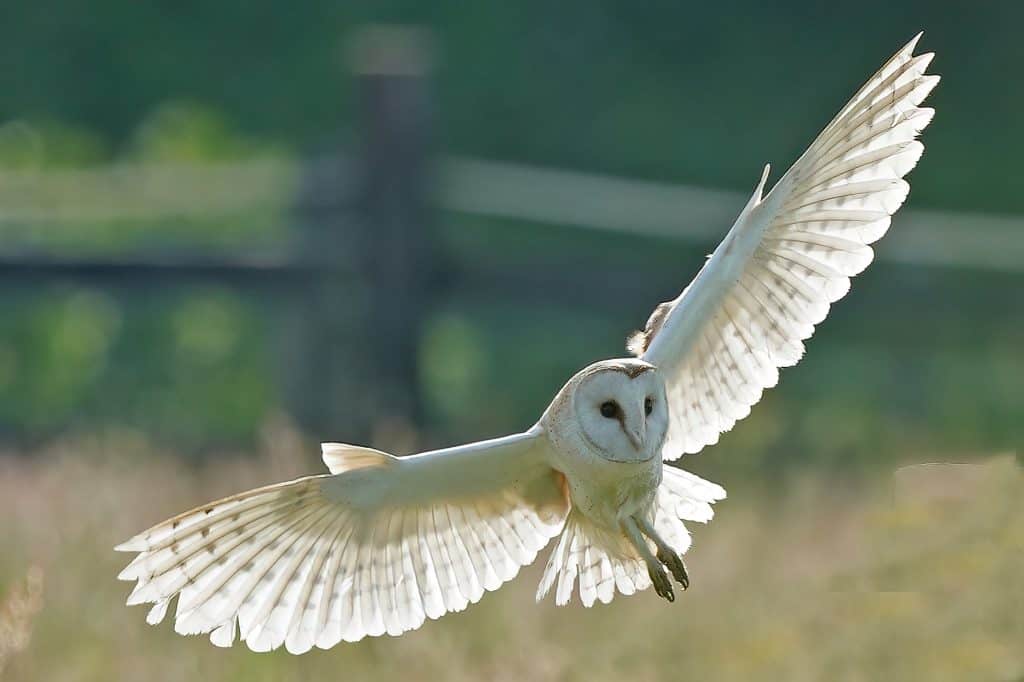Dunnock
Prunella modularis
RSPB Conservation Status – Amber
Last seen – 7-2-23
The dunnock is a small, unassuming bird that is often overlooked by birdwatchers, but it is an interesting species with some unique characteristics.
It has a grey-brown back and wings, a pale underside, and a thin beak.
The male and female have similar plumage, although the male may have a slightly darker head and neck.
Facts
Population – 2,500,000 breeding territories
Length – 14 cm
Wingspan – 19 – 21 cm
Weight – 18 – 24 g
Breeding
Dunnocks are monogamous birds that mate for life.
They breed from early spring to late summer and will have up to three broods per year.
The female will build a nest on or near the ground, typically in a sheltered location, such as a hedge or undergrowth.
She will lay 3-5 eggs, which hatch after around 12 days.
Both parents will feed the chicks until they fledge at around 12-15 days old.
Habitat
Dunnocks are found throughout the UK in a variety of habitats, including woodlands, hedgerows, gardens, and parks.
They prefer areas with dense vegetation and plenty of cover, such as hedges and bushes.
Food
Dunnocks are omnivorous birds that feed on a variety of insects, spiders, and other invertebrates.
They will also eat seeds, berries, and fruit, particularly in the winter when food is scarce.










